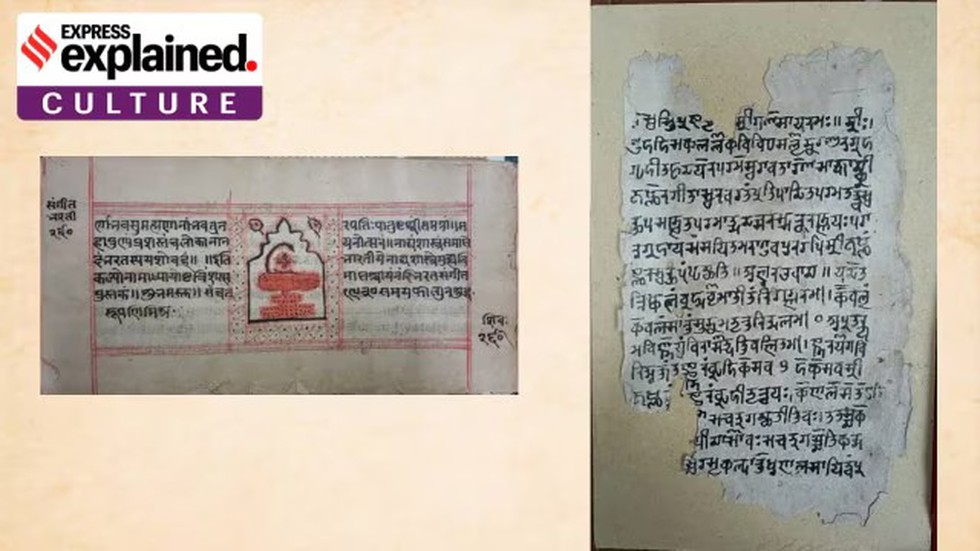What is the Memory of the World (MoW) Programme?
- The MoW Programme was launched by UNESCO in 1992 with the goal of preserving global documentary heritage and preventing what it called “collective amnesia.”
- It aims to safeguard rare documents, including manuscripts, oral traditions, audio-visual content, and archive materials, of global and universal value.
- According to UNESCO, this documentary heritage should be preserved, protected, and permanently accessible to all, while respecting cultural practices.
- The MoW Register serves as a global compendium of such heritage, and is updated biennially (every two years).
- As of 2025, the Register contains 570 entries, including:
- The Mahavamsa (Sri Lanka’s ancient chronicle),
- Shaiva Siddhanta manuscripts (India),
- Auschwitz trial recordings (Germany),
- And the March 7, 1971 speech of Bangabandhu Sheikh Mujibur Rahman (Bangladesh).
India’s Contributions to the MoW Register
- India has made 13 contributions, including two joint submissions:
- Rig Veda (added in 2005),
- Works of Abhinavagupta, the Shaivite philosopher (added in 2023),
- Archives of the Non-Aligned Movement’s first summit in Belgrade, 1961 (joint submission),
- Dutch East India Company archives (joint submission).
- In 2025, two new Indian manuscripts were added, both preserved at the Bhandarkar Oriental Research Institute, Pune:
- Natyashastra by Bharata Muni
- Bhagavad Gita, attributed to Vyasa.
